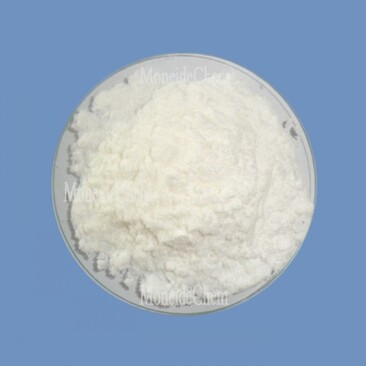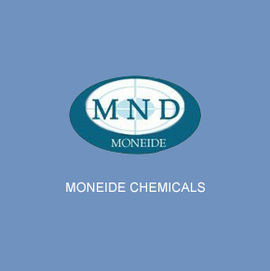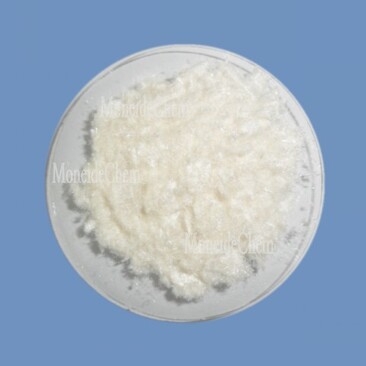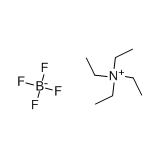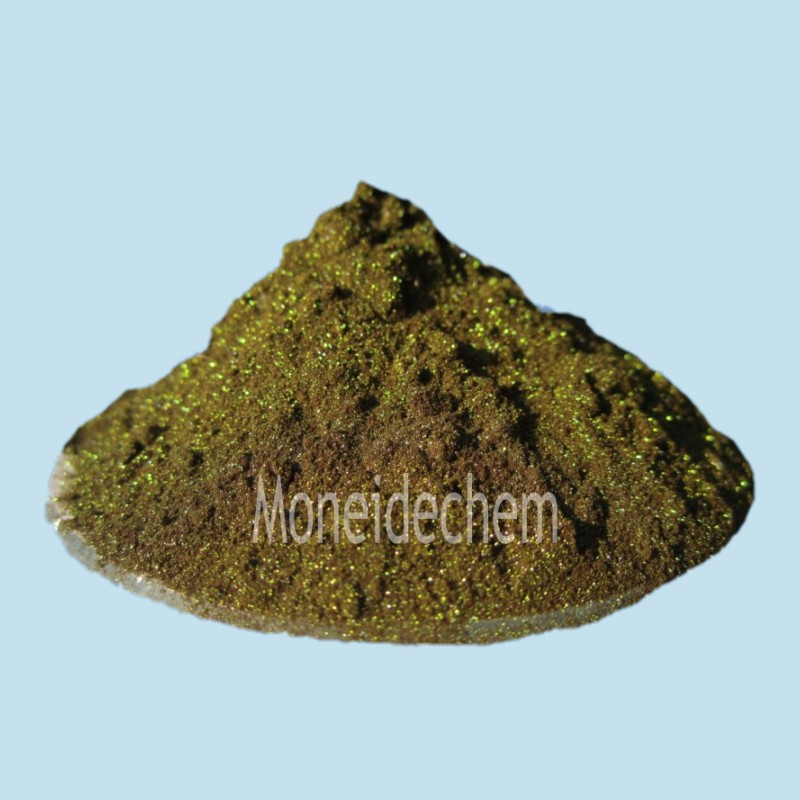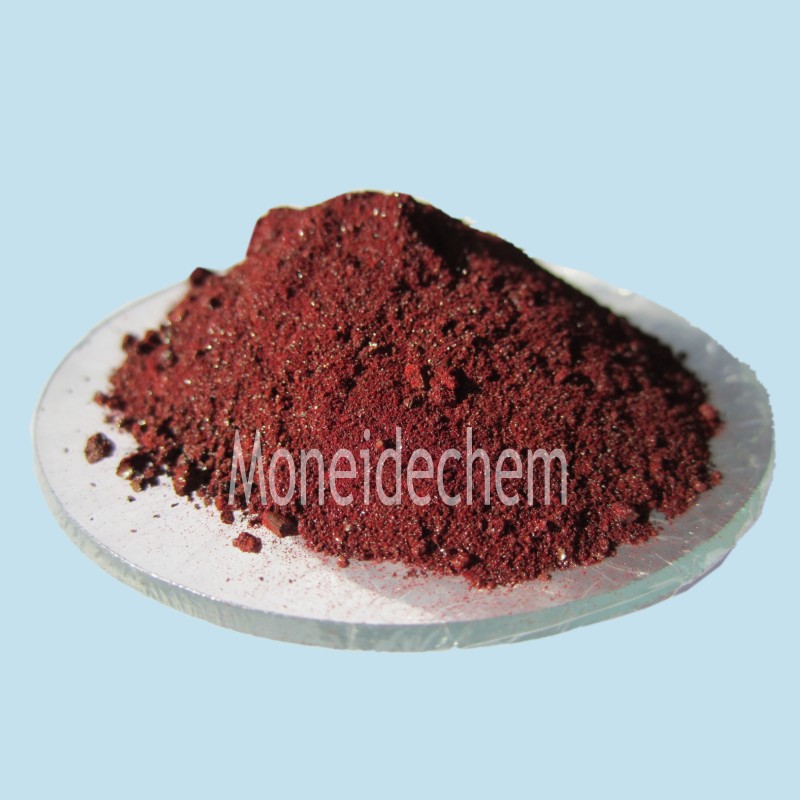Welcome to Tangshan Moneide Trading Co., Ltd.
Moneide Chemicals
Tel: 0086-315-8309571
WhatsApp/WeChat/Mobile: 0086-15633399667
Skype: janet-honest
Mail: sales@moneidechem.com
Address: 2-7-523 Jidong Building Materials Commercial Center, Tangshan, Hebei 064000 China
High Quality Vanillin cas 121 33 5 Supplier Pure Flavor
- Time of issue:jun . 05, 2025 13:53
(Summary description)Tangshan Moneide Trading Co., Ltd. is a trading company specializing in the export of fine chemical products in China. Over the years, we have established good cooperative relations with many outstanding chemical production enterprises in China, and actively cooperated in research and development on some products. Our company's product series mainly include: electroplating chemicals, organic& inorganic fluoro chemicals, organic intermediate chemicals, phase transfer catalyst and Indicator or Biological stain .
- Categories:Company dynamic
- Author:
- Origin:
- Time of issue:2019-12-30 10:55
- Views:
(vanillin cas 121 33 5) Vanillin (CAS 121-33-5) represents the synthetic counterpart to natural vanilla flavor, carrying the identical chemical formula C8H8O3. This crystalline phenolic aldehyde delivers the characteristic vanilla aroma at concentrations as low as 20 ppm. As the world's most prevalent flavor compound, 99% of vanillin consumed globally originates from synthetic production, primarily due to the limited supply and high cost of natural vanilla beans. The CAS number 121-33-5 uniquely identifies this molecular structure regardless of its origin – distinguishing it from related compounds like ethyl vanillin (CAS 121-32-4). Regulatory bodies including FDA, EFSA, and FEMA universally recognize this material as GRAS (Generally Recognized As Safe) for food applications. Current vanillin production exceeds 20,000 metric tons annually to meet escalating demand, contrasting sharply with natural vanilla production of approximately 2,000 tons. The price differential remains substantial: synthetic vanillin typically trades at $15-20/kg, while natural extracts command $1,200-4,000/kg. This economic reality drives adoption across multiple sectors, with consumption patterns showing: The shift toward biotechnological production methods has increased from 14% to 31% of total output since 2018, reflecting sustainability-driven innovation. Synthetic vanillin offers distinct technical benefits over bean-derived extracts. Batch consistency reaches ±0.5% variation in flavor profile compared to ±15% in natural extracts due to agricultural variables. Solubility parameters allow formulations impossible with natural vanillin: This compound demonstrates superior flavor amplification when combined with sweeteners, increasing perceived sweetness by 30% at 50ppm concentration. Studies confirm vanillin CAS 121-33-5 enhances palatability in nutrient-dense medical foods by masking metallic off-notes. Different production methodologies yield vanillin with distinct impurity profiles impacting application suitability. The three primary industrial approaches: HPLC-UV testing methods with detection limits of 0.01% are essential for verifying compliance with FCC and USP monographs. Current ISO 5479:2023 standards mandate documentation of residual heavy metals including lead (<2mg/kg) and mercury (<0.1mg/kg). Material science innovations enable custom-engineered vanillin forms addressing industry-specific challenges. Advanced solutions include: Concentration optimization services utilize computational flavor modeling to reduce usage by 15-40% while maintaining sensory thresholds. Particle size distributions can be precisely controlled between 20-200μm via spray crystallization technology. Innovative applications demonstrate vanillin's functional versatility beyond flavor enhancement: The compound extends product shelf life through antioxidant activity measured at 0.87 TEAC (Trolox Equivalent Antioxidant Capacity). Research continues to expand applications of this versatile compound. Current investigations focus on vanillin-derived Schiff bases showing 89% antimicrobial efficacy against food pathogens. Emerging bio-based production methods using rice bran ferulic acid have achieved 92% yield improvements since 2021. The pharmaceutical sector actively explores vanillin's potential in: These developments ensure vanillin CAS 121-33-5 remains indispensable across manufacturing sectors while meeting evolving regulatory and sustainability requirements. (vanillin cas 121 33 5) A: Vanillin is assigned CAS 121-33-5, a unique identifier for this compound. This number helps precisely identify vanilla flavoring in databases. It's globally recognized across scientific and regulatory contexts. A: Yes, CAS 121-33-5 designates synthetic vanillin molecules. Natural vanillin has identical chemical properties but different regulatory classifications. Always verify sourcing when using this CAS number. A: Search "CAS 121-33-5" on SDS databases like Sigma-Aldrich or ChemSpider. Safety sheets detail handling precautions for vanillin. Regulatory sites like ECHA also provide hazard classifications under this identifier. A: Suppliers use CAS 121-33-5 to specify product listings precisely. Requesting this CAS ensures synthetic vanillin matching regulatory purity standards. Verify COAs against this identifier for quality control. A: Vanillin (CAS 121-33-5) is widely used in food, fragrance and pharmaceutical manufacturing. It provides consistent flavoring properties at industrial scales. Specialty derivatives are synthesized from this base compound.
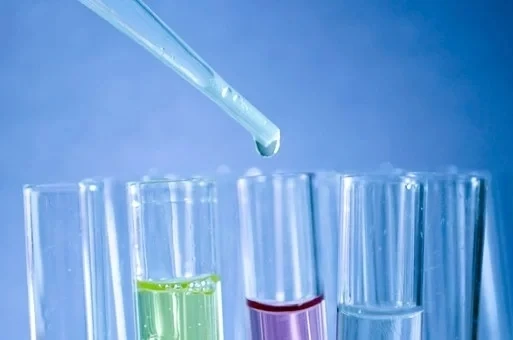
What Makes Vanillin CAS 121-33-5 an Industrial Game-Changer?
Global Production Data and Market Impact Metrics
Industry Sector
Market Share
Annual Growth Rate
Food & Beverage
76%
5.2%
Fragrances
15%
7.1%
Pharmaceuticals
7%
8.4%
Agricultural Chemicals
2%
10.6%
Performance Advantages Versus Natural Alternatives
Manufacturing Process and Quality Comparison
Manufacturing Process
Key Producer
Purity Benchmark
Residual Solvents
Lignin Oxidation
Borregard
99.7%
<50ppm methanol
Guaicol Synthesis
Solvay
99.9%
<5ppm chloro-compounds
Fermentation
Evolva
99.5%
None detectable
Specialized Customization Capabilities
Cross-Industry Implementation Success Stories
The Evolving Role of Vanillin CAS 121-33-5
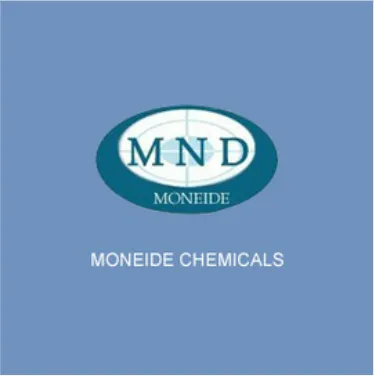
FAQS on vanillin cas 121 33 5
Q: What is the CAS number for Vanillin?
Q: Is CAS 121-33-5 specific to synthetic vanillin?
Q: Where can I find safety data using cas number 121-33-5?
Q: How does CAS number 121-33-5 help in purchasing vanillin?
Q: Does vanillin CAS 121-33-5 have industrial applications?









